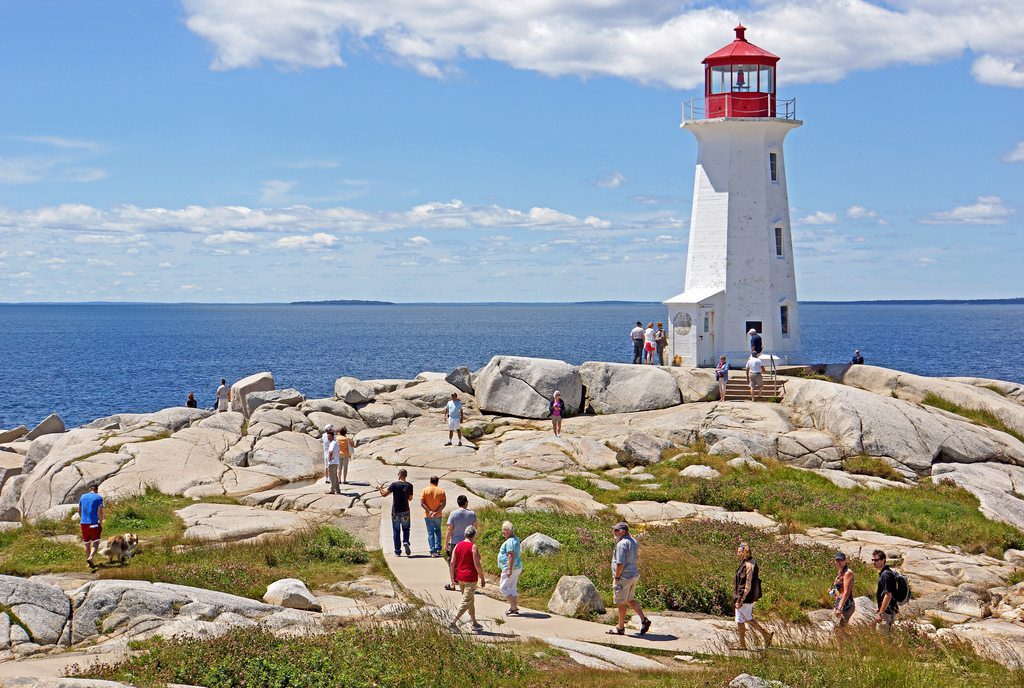New York Times Is Hiring a Reporter to Visit Its 52 Places to Go

Skift Take
Many avid travelers and destination marketers look forward to these where-to-go lists and the Times wants to make its list more engaging and relevant to its readers. Sending a reporter to 52 places in 52 weeks sounds like a stretch, but there's no doubt many travelers will enjoy following the person who will have one of the world's best jobs.
The New York Times' annual 52 Places to Go list, like similar lists, has become a highly anticipated franchise by many travelers and travel brands that look to it for inspiration on which destinations offer great reasons to visit in the coming year.
The list, which will mark its thirteenth year in 2018, has resonated with travelers to the extent that the publication is hiring a reporter to visit the 52 places that make the 2018 list.
This is the first time the Times has hired a reporter specifically to visit each place and make an itinerary out of them. The travel section's "36 Hours" series, however, has been showing travelers' destination itineraries since the series began more than a decade ago.
The Times was set to post its application for the job on Monday as its travel section brainstorms which places will make its upcoming list set to publish in January. Writers and editors are still fielding suggestions and narrowing the list, but the editorial staff plan to play it somewhat safe with this year's list, said Monica Drake, the New York Times travel editor.
Drake said the 2018 list will probably be more conservative in terms of security.
"Before terrorists were attacking tourism destinati
